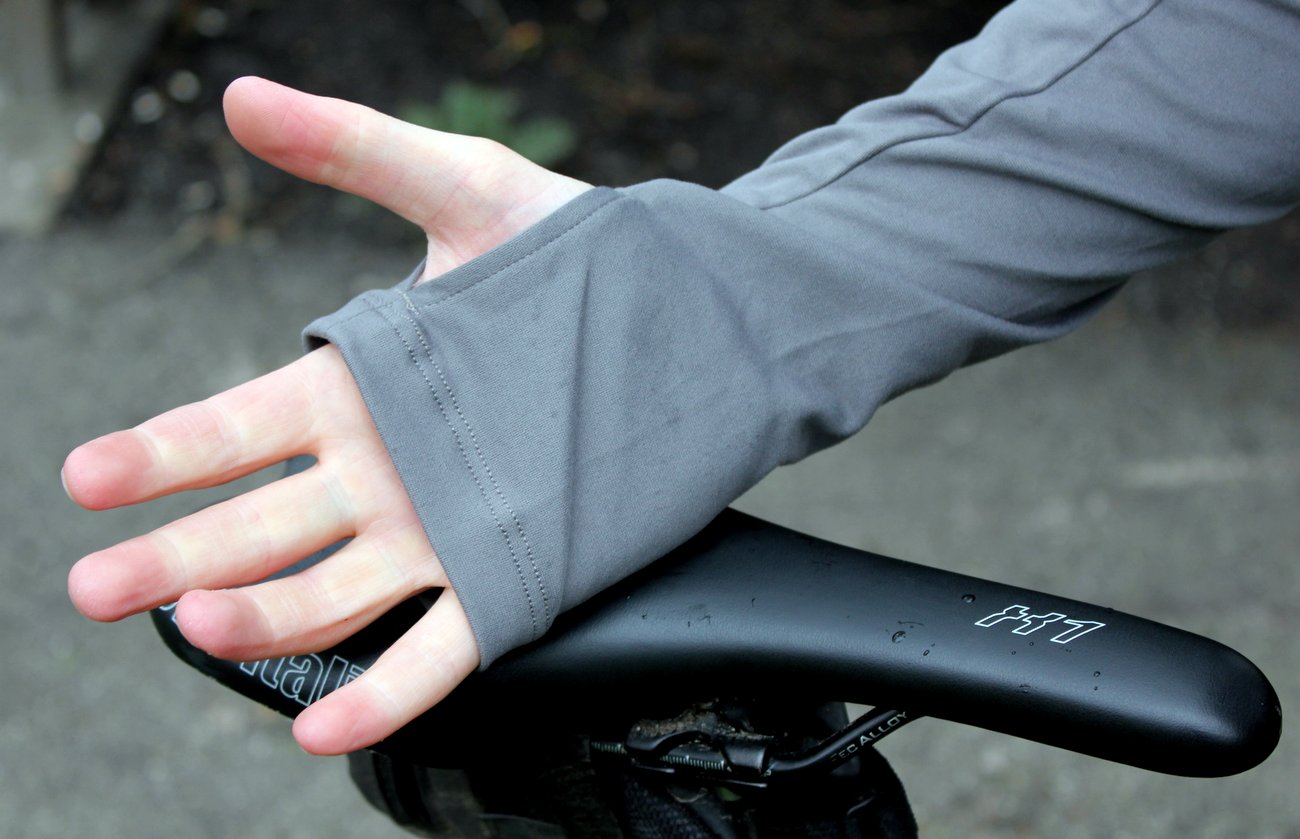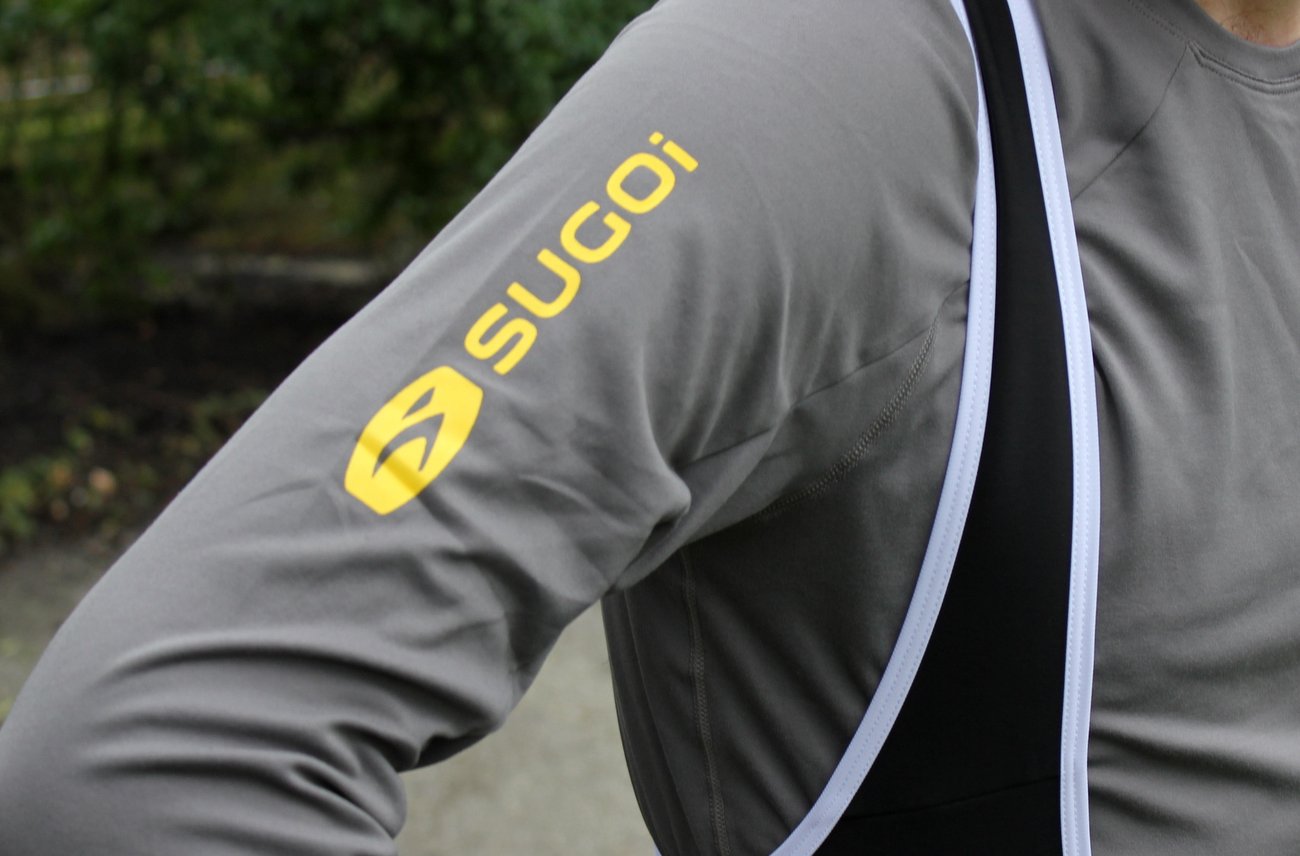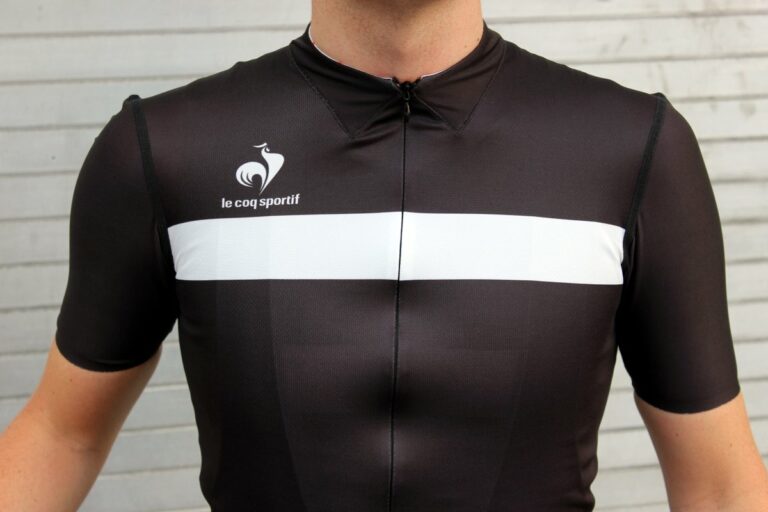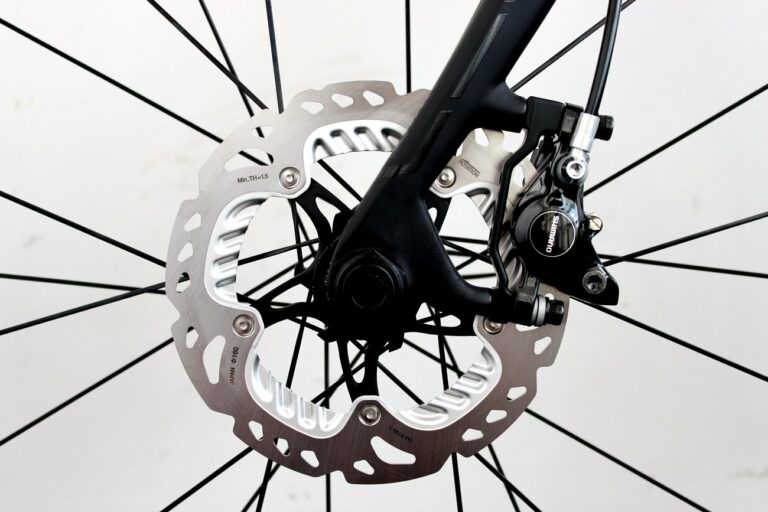Why use a base layer?
-

Andrew Talansky shows that base layers aren't just for winter, wearing this one in the heat of last June's Criterium du Dauphiné (Pic: Sirotti)
-

Merino base layers are popular in winter
-

A long sleeve base layer provides extra protection for your arms, which is a real bonus in winter. this Sugoi base layer has additional thumb loops to further extend coverage
-

Sago's carbon base layer contains both carbon and silver ions for claimed added protection against odour
Why use a base layer?
Believe it or not, base layers are an all year round bit of kit. That statement might go against the conventional wisdom that says you should layer up in winter and wear as little as possible (within reason and good taste!) in summer, but it’s true.
And that’s because base layers aren’t all about insulation. In fact, they have multiple jobs. The first is to wick moisture away from the skin. This not only helps to keep you dry (or ‘drier’ depending on how much you sweat) and comfortable, but as the sweat evaporates from the surface of the material you still have the effects of evaporative cooling to help regulate body temperature.
And in the cold? Well a thermal base layer is one of the most valuable pieces of kit you can own when the temperature drops. Whether it’s merino wool or a comparable synthetic, that extra layer between body and jersey can make the difference between being able to last three hours in the freezing cold, or only getting out for one.
A good base layer needs a number of qualities. The first is durability. Most of us will own a few jerseys but only one or two base layers and they’ll need to be able to stand up to the rigors of riding and frequent washing. It’s part of the reason that you shouldn’t just go for the cheapest you can find, because although your £10 purchase might feel like a bargain, the holes that’ll appear after a month of riding will stem some of that smug feeling.
The next is breathability. Whether it’s summer or winter, you don’t want a base layer that’ll make you feel like you’re wearing a plastic bag once your body heats up. In this buyer’s guide we’ll consider how the fabric and can construction of a base layer determine its intended use and affect its performance.





